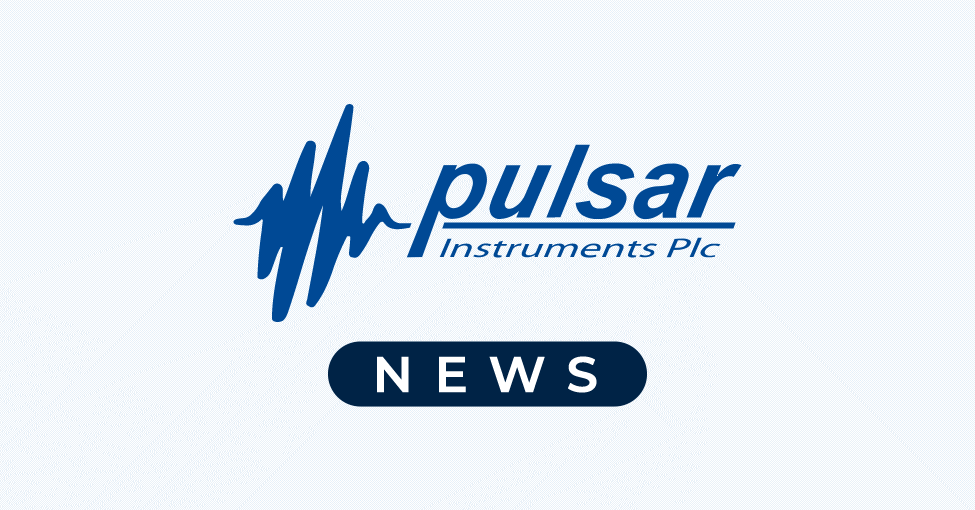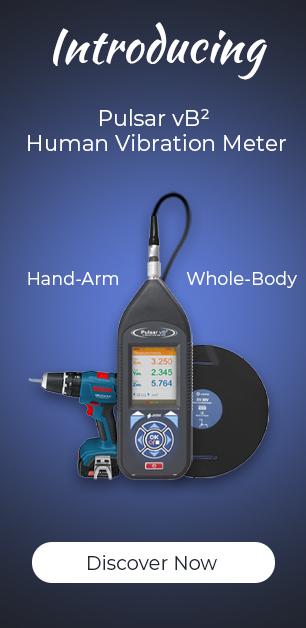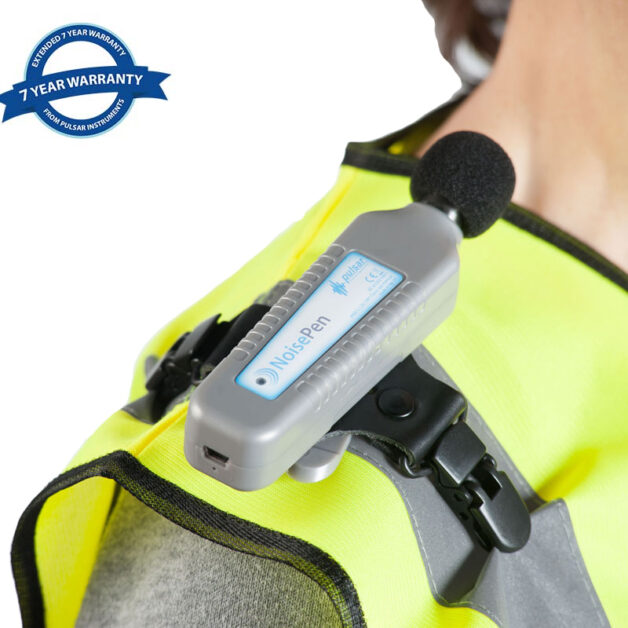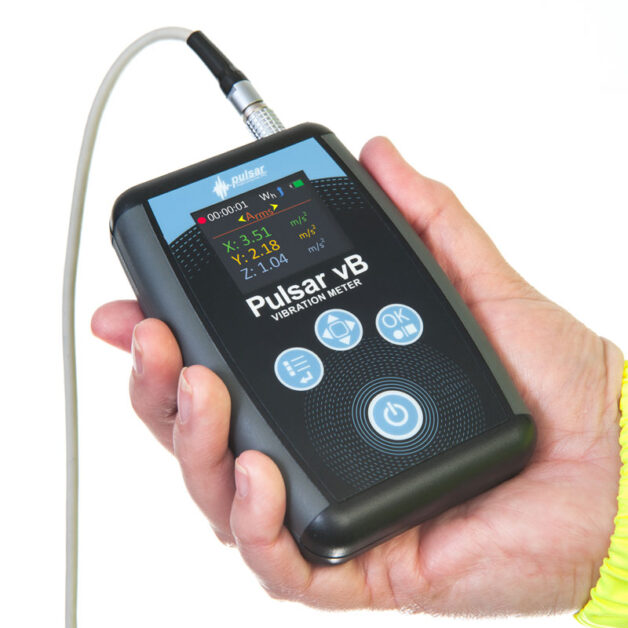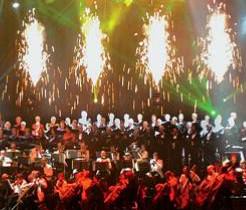
From Bonfire Night to the Christmas party season, decibel levels are set to rise over the next few weeks and well into January. If you employ firework operators, bar or floor staff, security agents, sound engineers, DJs or musicians, remember to look after their welfare and ensure that their exposure to noise levels in the work environment remains within the legal limits to prevent any hearing damage.
Image: Royal Choral Society in the Royal Albert Hall, London
In the UK, the music and entertainment industry also comes under the same Noise Regulations as other industry sectors. Everyone involved in music and entertainment has a responsibility to help with noise management. However, it is the employer who is legally responsible for complying with the Control of Noise at Work Regulation (2005). ‘Employer’ in this context may include concert promoters, event organisers, theatrical producers, contractors, club owners and publicans. Any safety inspection of the aforementioned entertainment venues will consider what measures are in place to meet the Noise Regulations.
The HSE Noise Regulations require employers to manage the risk to their employees – full time and part-time – and, where possible, freelancers. Staff who operate in this industry also have a legal duty to wear hearing protection as instructed, and follow any other guidance to remain ‘safe’ from exposure to excessive noise.
Limiting noise exposure: employers’ responsibilities and priorities
- Assess the risks to employees from noise at work;
- Take action to reduce the noise exposure that produces those risks;
- Provide employees with hearing protection if the noise exposure cannot be reduced sufficiently by using other methods;
- Make sure the legal limits on noise exposure are not exceeded;
- Provide employees with information, instruction and training;
- Carry out health surveillance where there is a risk to health.
Because the music and entertainment industries are so vast, the Health and Safety Executive in the UK has created a dedicated website called ‘Sound Advice’ designed to provide specific advice for those working in these sectors which we recommend that you consult.
Remember here that what is important is the sound level and how long a person spends working in that environment, namely the overall personal noise exposure for a given employee. It is important to be able to capture, record and normalise this data to a daily or weekly exposure figure against the recommended exposure action and limit values used to prove whether you are compliant or not.
Limiting noise exposure: noise measurement
Don’t just leave it to chance, assess the risk. However, if you do not measure the sound levels regularly and correctly, it is difficult to know for sure how loud your venue really is and whether you are putting your employees at risk.
In order to comply with the Regulations and safeguard the hearing of your employees and, by doing so, help prevent noise-induced hearing loss claims, investing in a professional sound level meter can prove to be a wise move. The technology has moved on in recent years. Taking simple noise measurements is a straight forward process and well within the competence of in-house safety officers.
There are many meters on the market ranging from basic SPL meters such as the Pulsar Model 14, ideal for quick noise level assessments inside and outside of your premises. At the other end of the spectrum, meters such as the Nova Model 44 is designed specifically with the Control of Noise at Work Regulations in mind and will display at all times all the parameters required by the Regulations. Another device to help monitor personal exposure to noise would be the Pulsar noise doseBadge which is usually worn on the shoulder. It is the perfect tool to measure noise exposure levels of workers that move about, from one area into another, such as in a large nightclub or music arena over an entire shift. It is also suitable for use by musicians in an orchestra.
Finally, the PulsarSafeEar is a wall-mounted noise-activated warning system which is perfect to use in pubs, nightclubs or other venues in order to alert your staff when noise levels are no longer safe. The sign flashes a highly visual safety icon and message when a pre-set level is exceeded, prompting staff to take action or remove themselves from the situation.
Limiting noise exposure: additional steps
Shorter shifts
One easy way to safeguard workers’ hearing can be to implement some rotation schedule. Under the Noise at Work regulations, the legal exposure limit currently in place is 87dB(A) averaged over a day or a week. Making employees work for shorter shifts, such as four hour blocks, will help reduce the exposure.
Source: HSE Sound Advice guide – p68
Please note, a constant noise level of 137dB will contain peak levels of at least 140dB
Physical changes to the working environment
These can include:
- Fixing sound-absorbent panels to the walls and ceiling around the stage.
- Lifting monitor speakers on stage off the floor and directed towards the musicians.
- Installing a loudspeaker system with speakers mounted over the audience to distribute the sound more evenly.
- Erecting acoustic screens around the noisy equipment such as drums.
- Moving entire areas such as a bar away from where the music is played into a different room.
Earplugs
It is important to use the right type of hearing protector and to use it whenever hearing protection is required. There exist discreet hearing protections to be worn by workers in this industry, including in-ear monitors, flat response earplugs specially designed for musicians or normal earplugs for those who do not need to hear the music. Earplugs may not be suitable for all situations and, in some cases, will be used as a last resort such as in orchestra.
We hope this article has given you a broad overview of the issues faced by this industry and the importance of limiting employees’ noise exposure this festive season. For further advice, please contact us on 01723 518011 or visit our website for professional noise measurement products.
